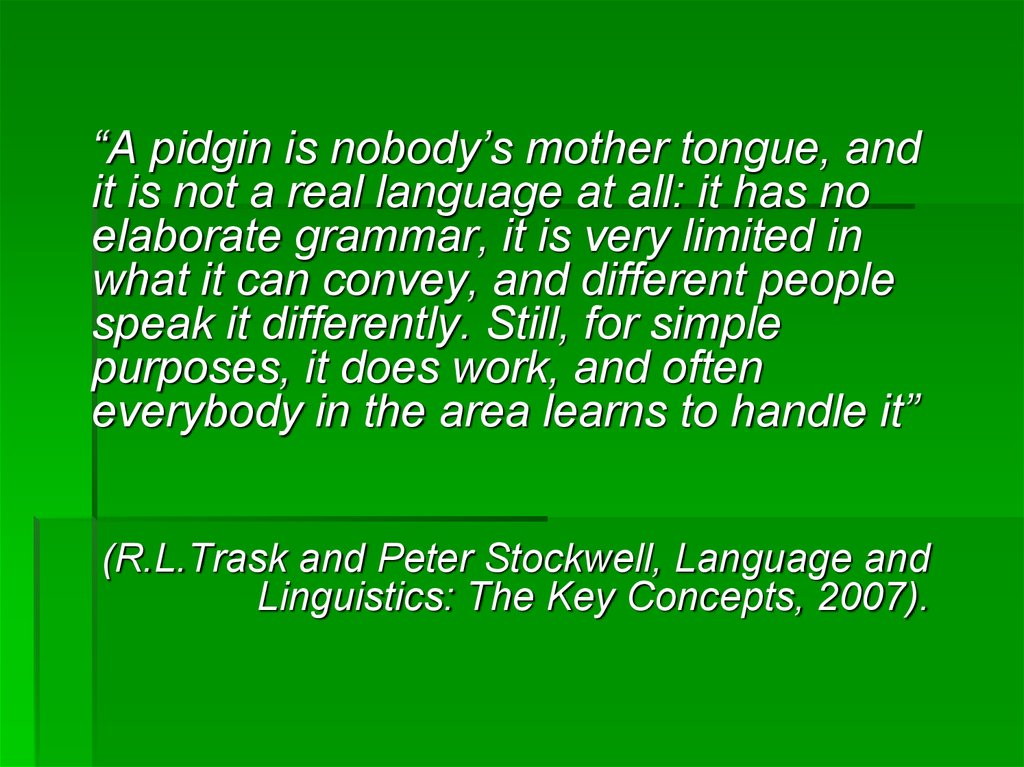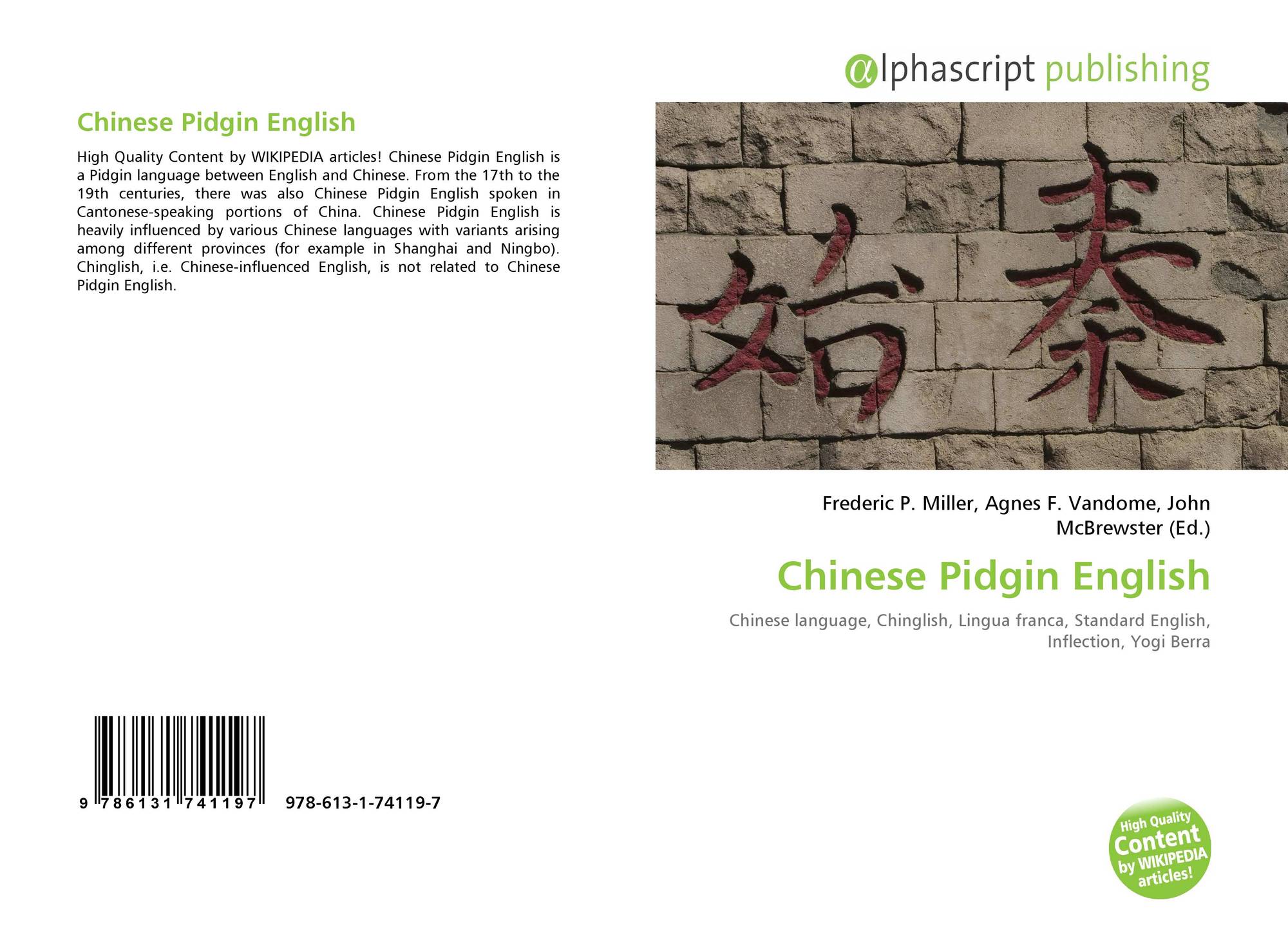

The author is especially indebted to David DeCamp, whose survey of the field of creole studies, circulated to the participants, contributed to the background of this report. I., Louvanium University, Congo John Gumperz, University of California, Berkeley and Ian Hancock, London, contributed material to the conference but were unable to attend. Nunn, University of Guyana Elizabeth Carr, University of Hawaii and Martin Joos, University of Toronto, as observers. The conference was also attended by Richard Allsopp, Lawrence Carrington, Jean D’Costa, Kemlin Laurence, Joan McLaughlin, Donald Wilson, University of the West Indies D. Tsuzaki, University of Hawaii Albert Valdman, Indiana University Jan Voorhoeve, University of Leiden Keith Whinnom, University of Exeter. Stewart, Center for Applied Linguistics Douglas Taylor, Paramaribo, Surinam Stanley M. Samarin, Hartford Seminary Foundation Franklin Southworth, Columbia University William A. Mintz, Yale University John Reinecke, Honolulu Karl Reisman, Brandeis University Irvine Richardson, Michigan State University William J. Hoenigswald, University of Pennsylvania Terence Kaufman, University of California, Berkeley David Lawton, Inter-American University, Puerto Rico Robert B. Polomé, University of Texas Joseph Dillard, Université Oflicielle de Bujumbura Christian Eersel, Taalbureau, Surinam Charles O. Cassidy, University of Wisconsin, Madison David DeCamp, Edgar G. Craig, John Figueroa and the following: Beryl Bailey, Yeshiva University Jack Berry, Morris Goodman, Northwestern University Frederic G. Labov, and Elbridge Sibley of the Committee on Sociolinguistics, the 85 participants included 4 members of the University of the West Indies staff-Mervyn Alleyne, Gertrud Buscher, Dennis R. Most of the participants in the conference were linguists, but many of them had some social science training and about one of four was affiliated with a social science department. The depth and realism of some of the discussion reflected their presence. By meeting in Jamaica, the conference was able to benefit from the participation of a number of Caribbean scholars for whom creolized languages are of personal and practical, as well as theoretical, importance. The conference was cosponsored by the committee and the University of the West Indies, which has been the principal site of the development of creole studies in the past decade, and was held at the campus of the University in Mona, Jamaica, on April 9–12, 1968.

During the past decade there has been a notable growth of interest and information concerning such languages, whose implications have not yet been widely recognized.įor these reasons an international conference was organized to encourage research on situations of pidginization and creolization, and call attention to its importance.

Whether these assumptions are justified is open to question what is clear is that even the ordinary work of the linguist cannot proceed without questioning them in the case of “pidgins” and “creoles.” These languages demonstrate dramatically the interdependence of linguistics and social science, and open up new possibilities for the integration of their methods and theories. Work proceeds as if something that might be called “normal transmission” of speech from one generation to the next could be assumed, or as if the sample of speech provided by one’s informants could be safely assumed to represent a norm identical throughout the community. In analyzing historical change and in describing present structure in language, linguists often find it possible to take social factors for granted. Languages called “pidgins” and “creoles” have been something of a stepchild in scientific research, but their origins and social functions pose in particularly clear form problems of the sort with which the Council’s Committee on Sociolinguistics is concerned.


 0 kommentar(er)
0 kommentar(er)
